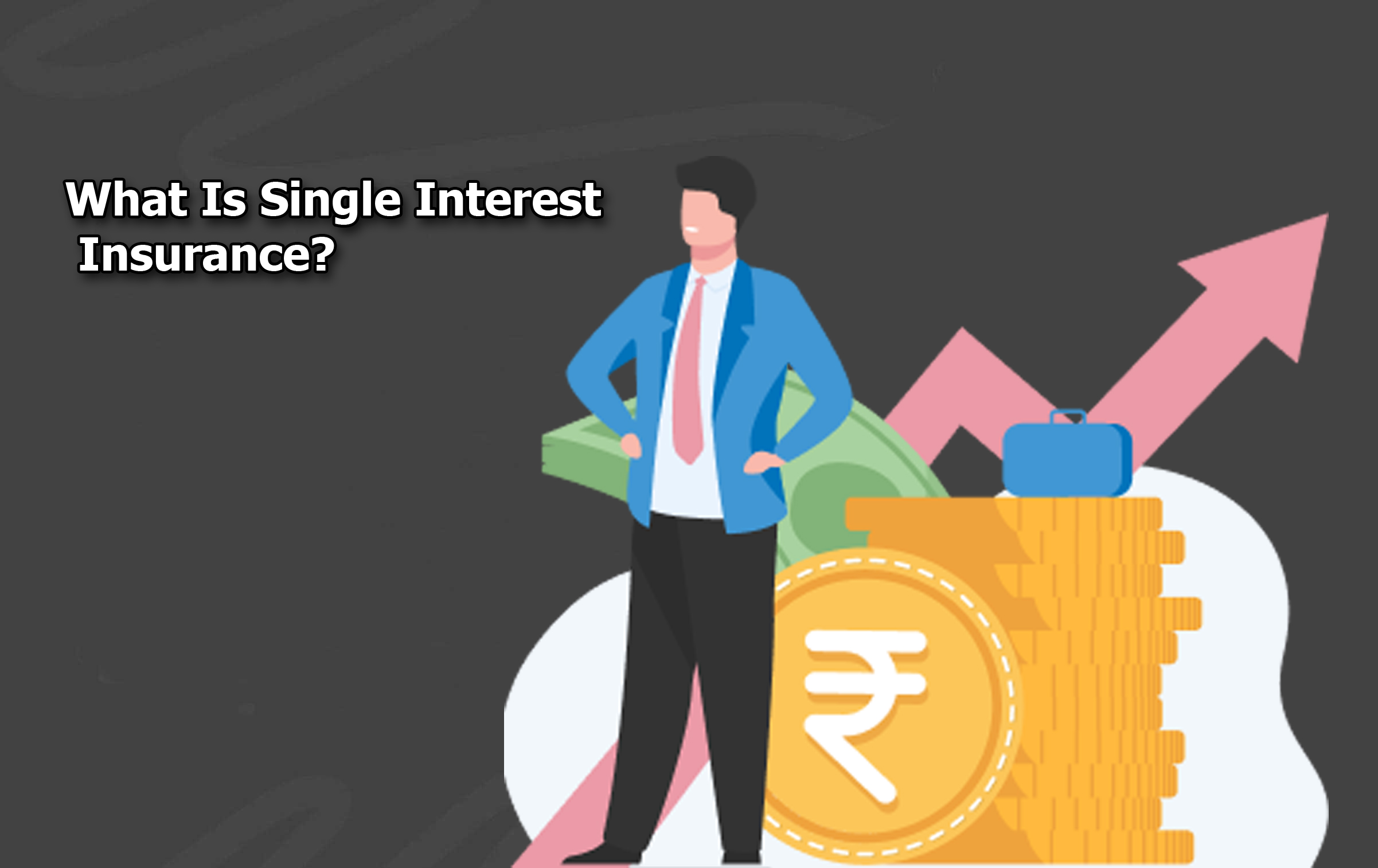
What is single interest insurance? When it comes to protecting your investments, especially in vehicles or property, you may come across various types of insurance.

One such type is single interest insurance. This insurance is designed to cover a lender’s interest in a vehicle or other collateral without extending coverage to the borrower or owner.
In this article, we will explain what single interest insurance is, how it works, and why it might be important for both lenders and borrowers.
By breaking down the key concepts, we’ll help you understand how single interest insurance can affect your financial decisions and what it means for securing loans or financing.
How Does This Insurance Work?
Single-interest insurance protects a lender’s financial interest in a loan’s underlying asset. If the asset is damaged, stolen, or lost, this insurance covers the lender’s financial loss. In some cases, it also pays for the costs involved in repossessing the asset.
Lenders who provide loans to borrowers with poor credit often require this insurance to protect themselves from financial loss if a borrower defaults. In some states, lenders are allowed to pass the insurance costs on to the borrower.
Benefits Of Single-Interest Insurance
This type of insurance usually covers high-value personal property such as cars, boats, and other expensive assets.
One key benefit is that it provides lenders with gap coverage, which helps cover the difference between the loan balance and the asset’s current value.
Some lenders choose blanket coverage, which protects all loans in their portfolio. This option reduces administrative costs since lenders do not have to track individual policies for each loan.
What Does It Cover?
Single-interest insurance offers coverage for various risks, including:
- Theft protection: Covers losses if an insured asset is stolen or damaged.
- Skip account coverage: Helps lenders recover costs when tracking down borrowers who have defaulted and cannot be located.
- Repossession coverage: Assists with the costs of repossessing and recovering an asset.
- Lien coverage: Covers errors or omissions in title paperwork that could affect the lender’s claim to the asset.
Exclusions Of Single-Interest Insurance
While this insurance provides important protections, it does not cover everything. Some key exclusions include:
- Personal injury claims: It does not cover liability for injuries or damages caused by the use of the asset.
- Wear and tear: Normal maintenance and repair costs are not covered.
- War or terrorism: Losses due to war, terrorism, or similar events are not included.
- Uninsured perils: Damage from floods, earthquakes, or other risks not specified in the policy may not be covered unless additional coverage is purchased.
Importantly, this insurance only benefits the lender. The borrower does not receive any financial protection from it.
Do You Need Single-Interest Insurance?
Lenders often require this insurance when financing high-value assets such as vehicles, boats, or homes, especially if the borrower does not already have their own insurance.
It ensures that the lender does not suffer financial loss if the asset is stolen, damaged, or destroyed. However, borrowers should be aware that this insurance does not provide them with any protection.
How Is Single-Interest Insurance Paid For?
In some states, lenders can pass the cost this insurance to borrowers, which means the borrower pays a small premium when taking out a loan.
Alternatively, lenders may choose to pay the premium themselves, either as a one-time payment when issuing the loan or as a recurring monthly cost based on the loan balance.
Why Do Lenders Buy Single-Interest Insurance?
Lenders face financial risks when borrowers fail to keep up with their loan agreements, particularly in uncertain economic conditions.
With the rise of online car insurance management, some borrowers may cancel or reduce their coverage without informing the lender. This increases the risk of financial loss if the asset is stolen or damaged.
To mitigate this risk, lenders use this insurance to ensure their financial interests are protected. If a borrower does not maintain the required insurance, the lender is still covered in case of loss or damage.
Final Thoughts
Single-interest insurance is designed to protect lenders, not borrowers. It ensures that lenders do not suffer financial loss if an asset tied to a loan is stolen, damaged, or lost.
While borrowers may be required to pay for this insurance in some cases, they do not receive any direct benefits from it.